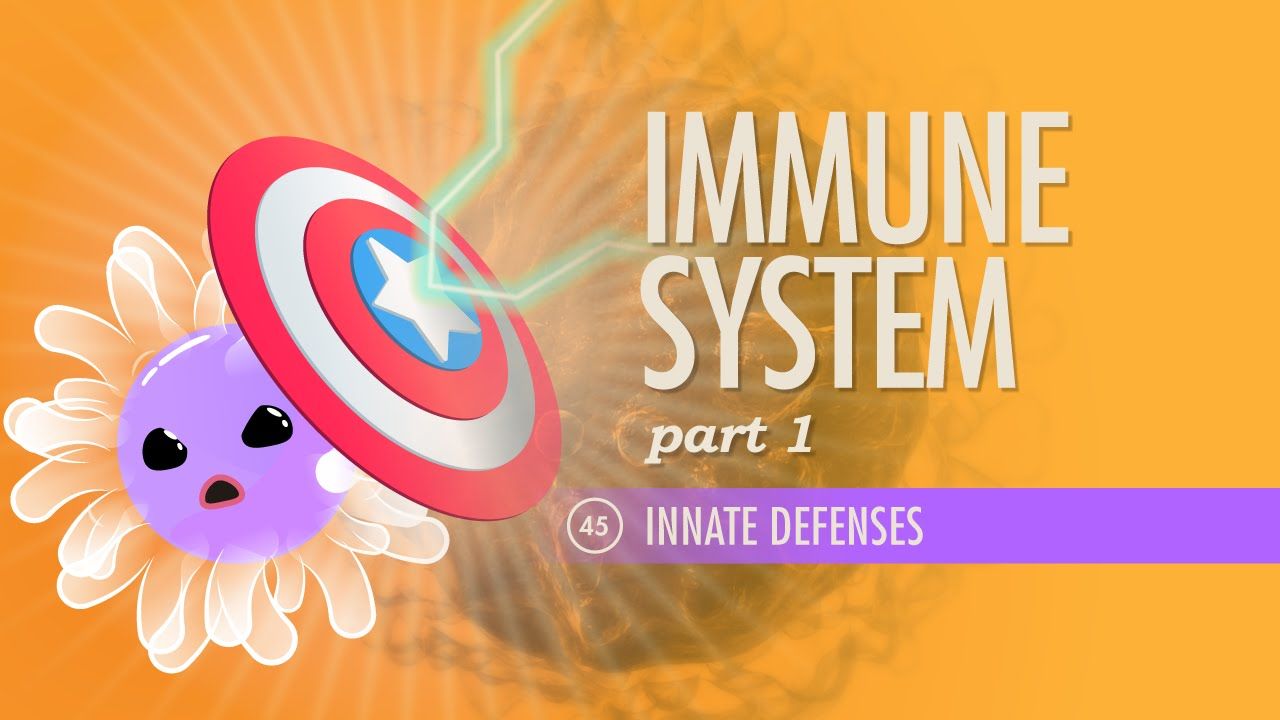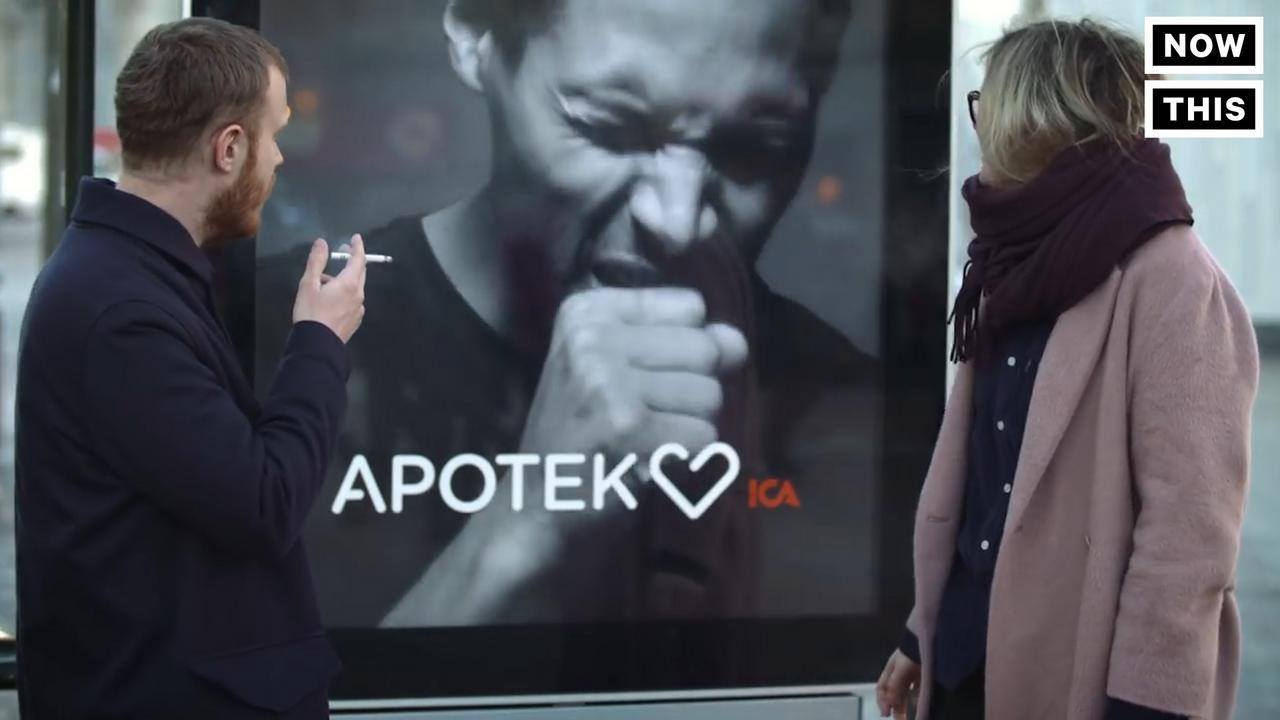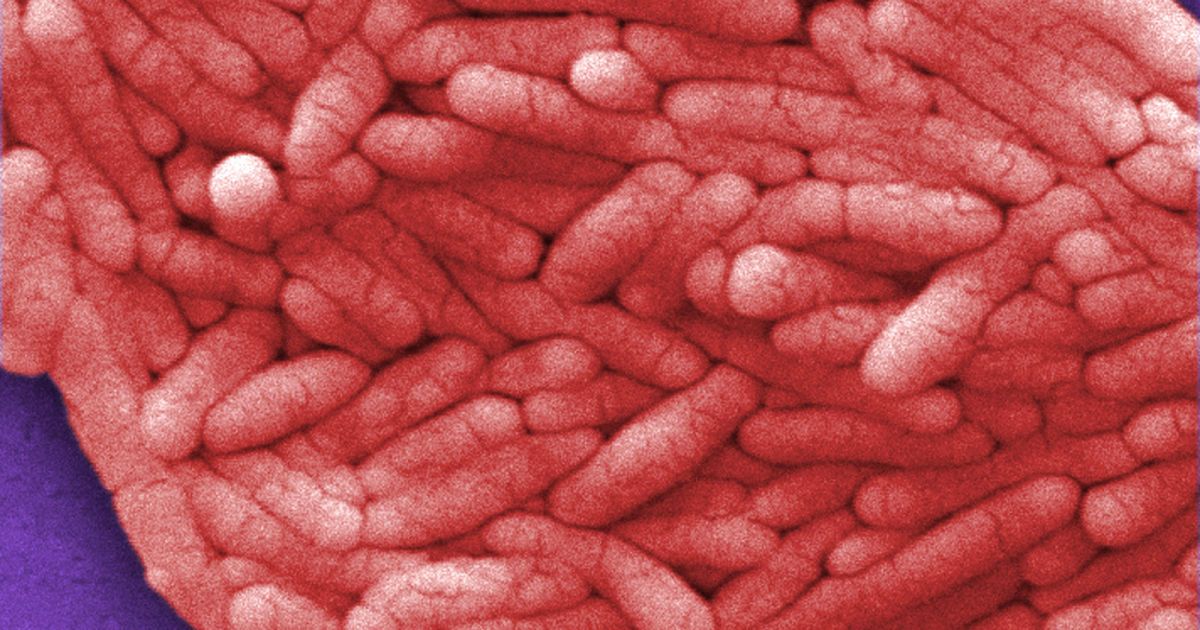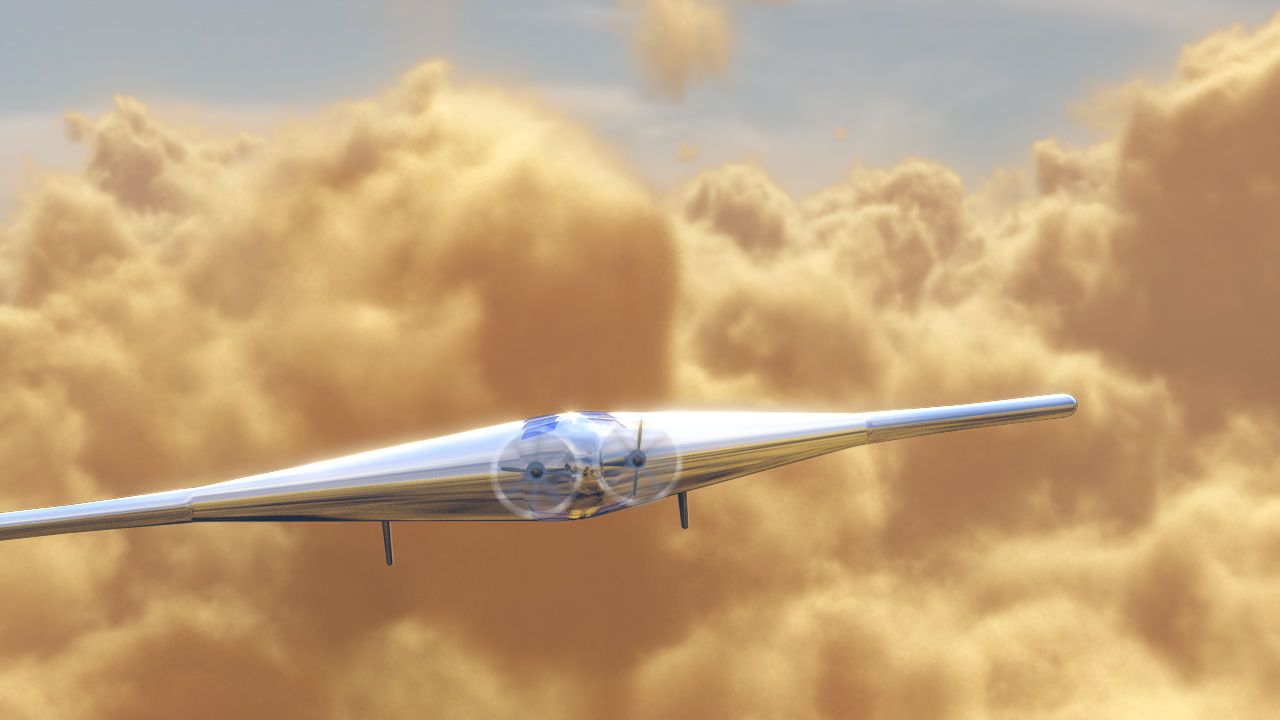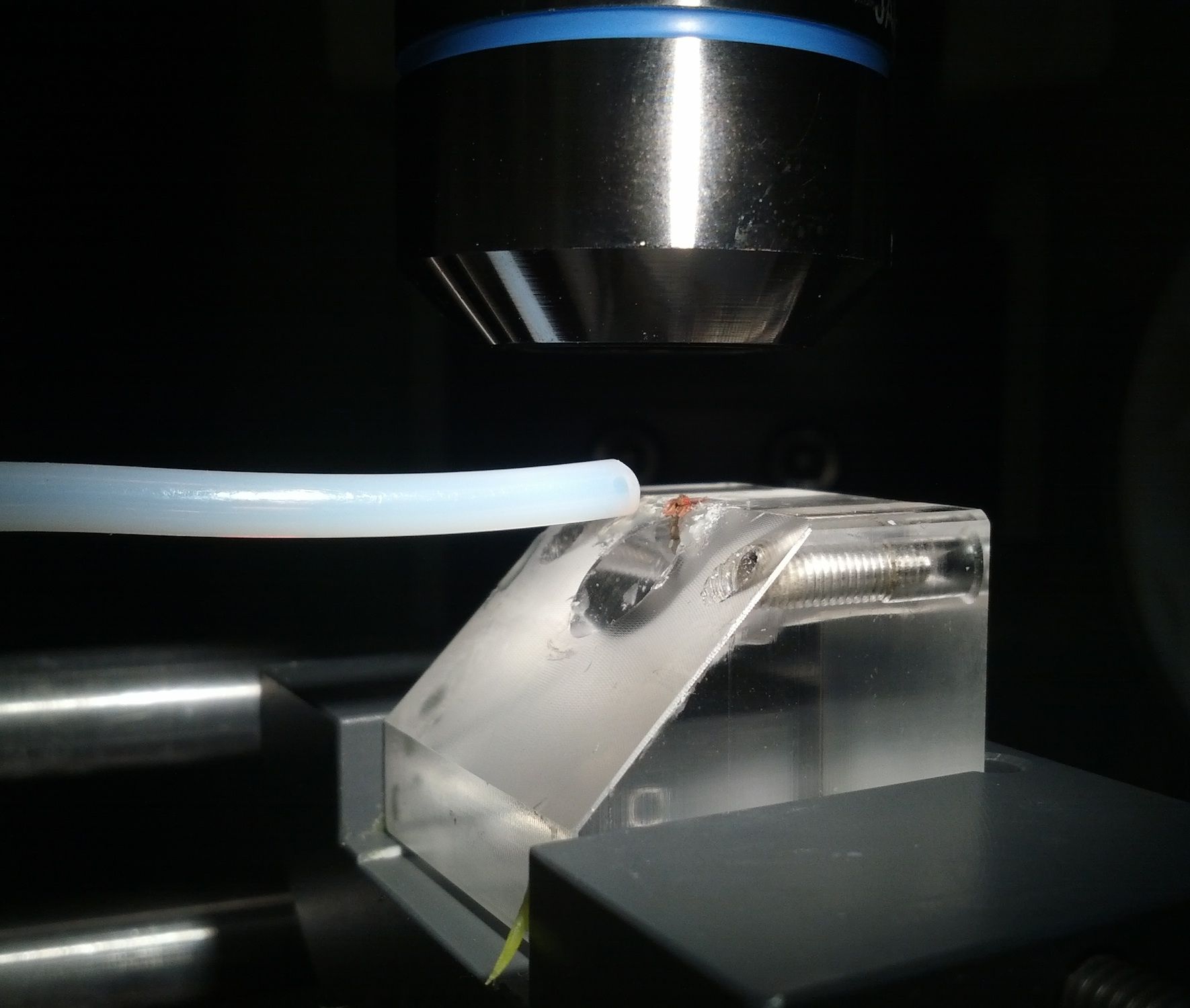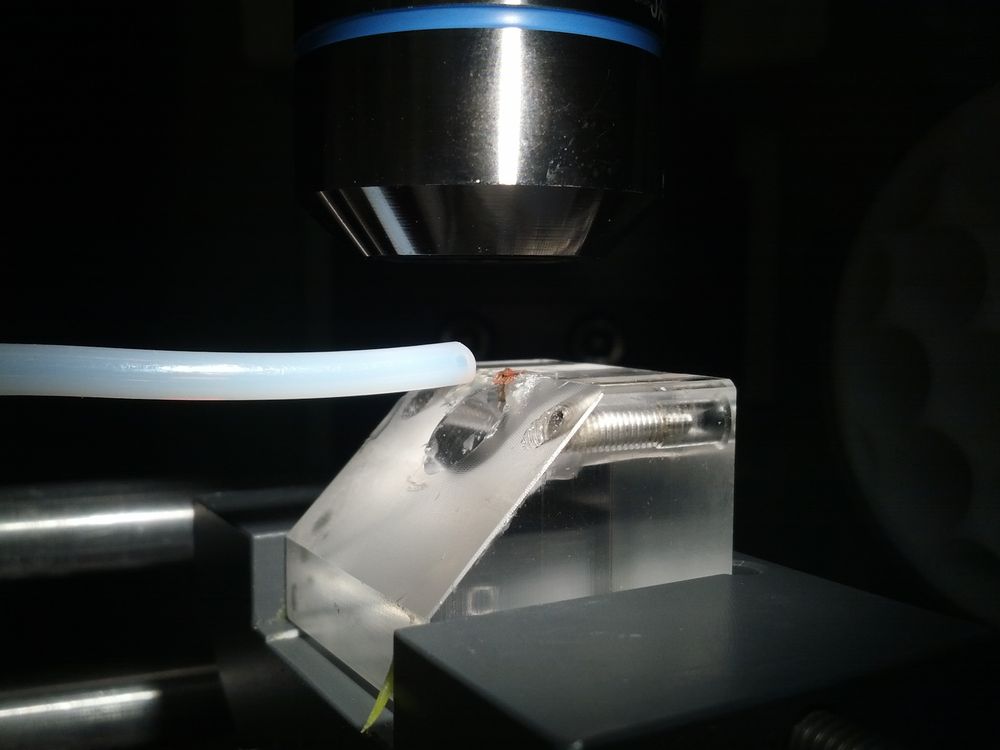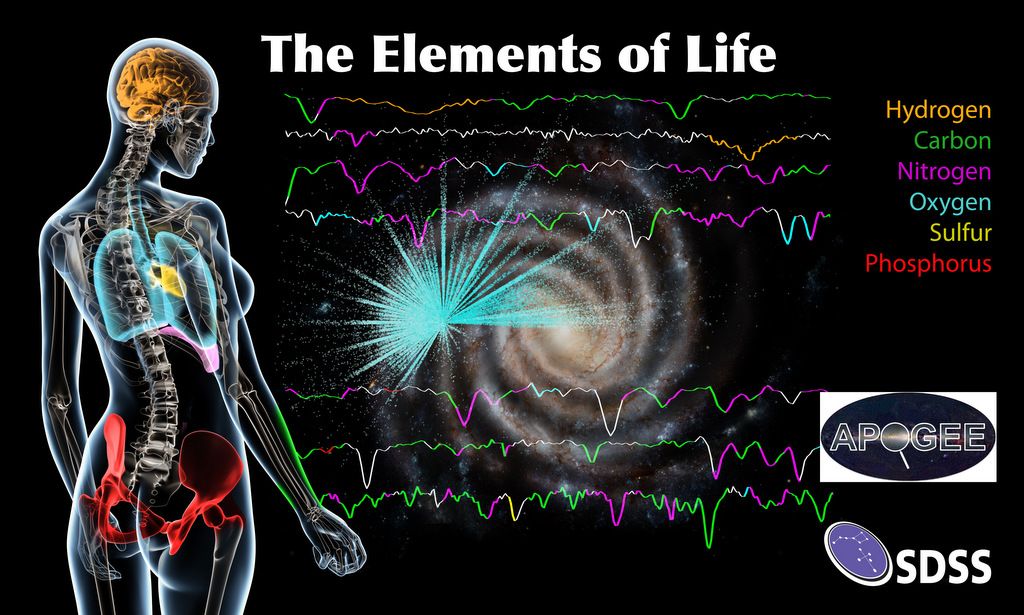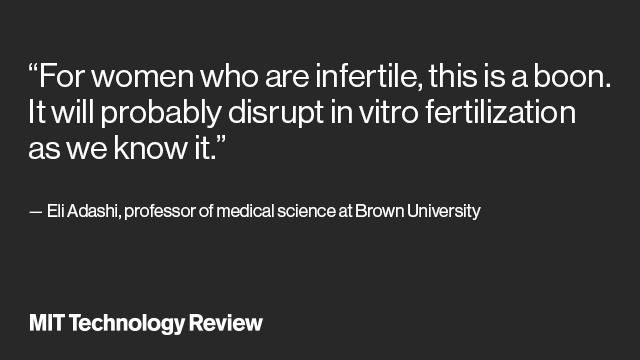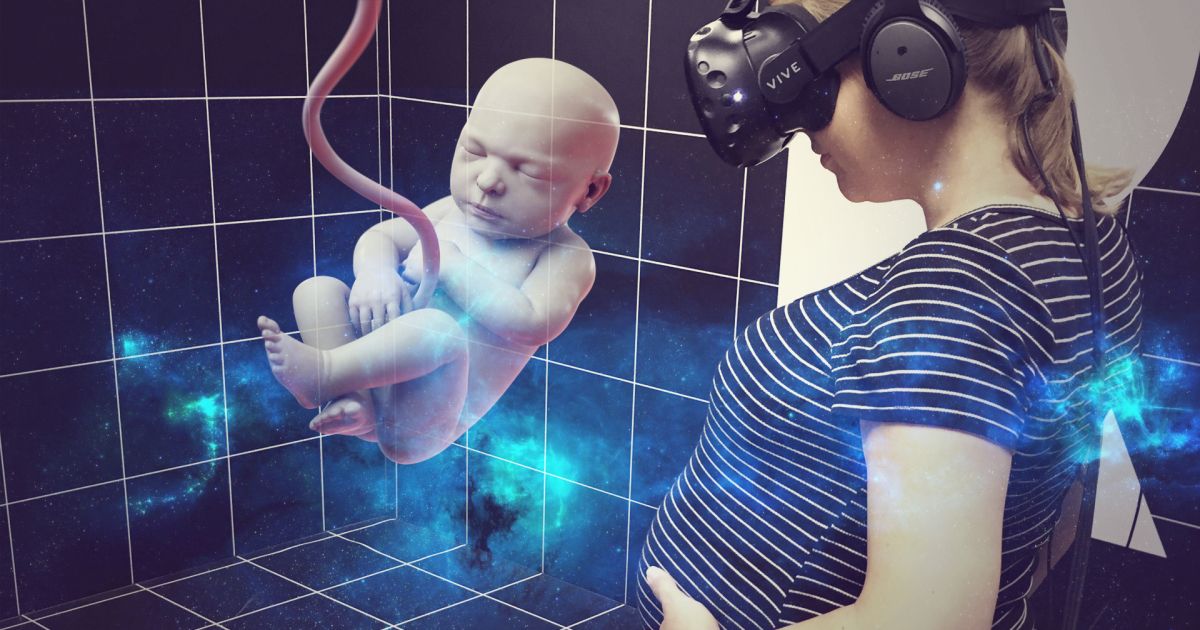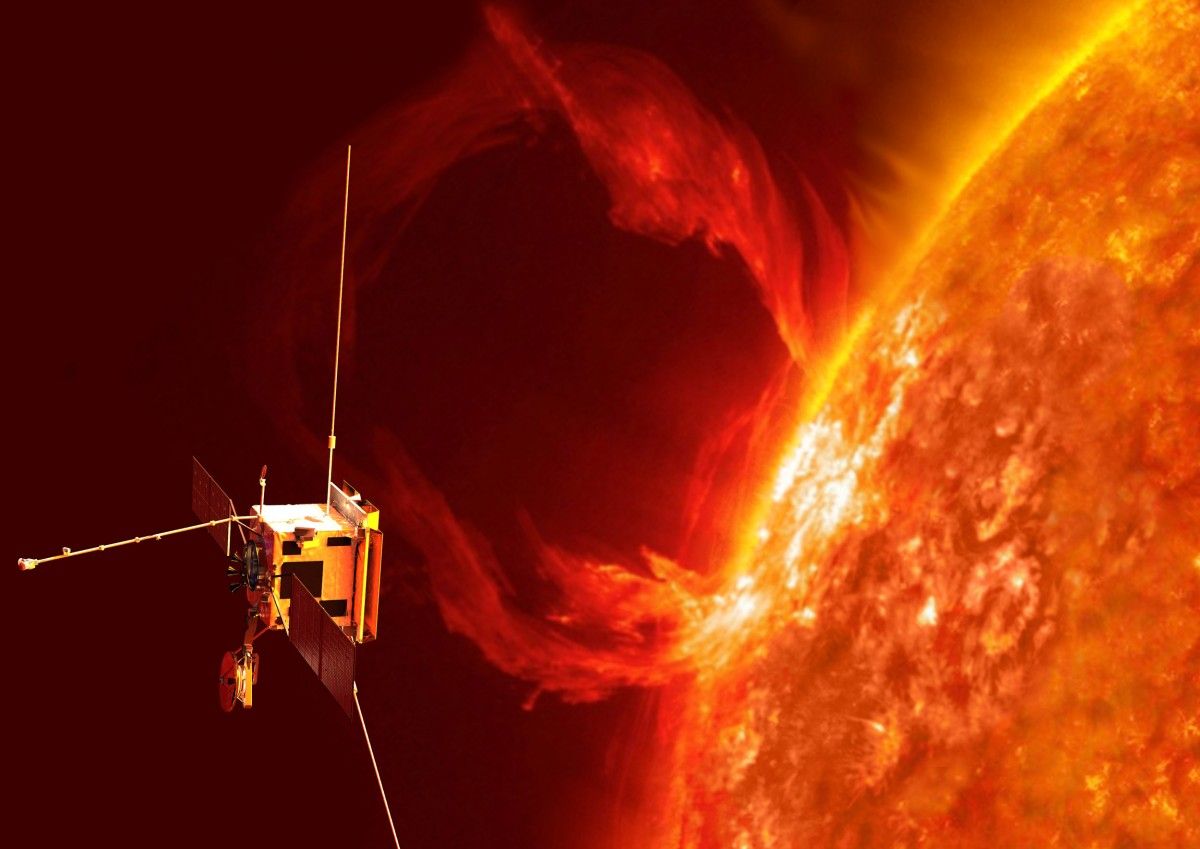The immune system part 1.
Our final episodes of Anatomy & Physiology explore the way your body keeps all that complex, intricate stuff alive and healthy — your immune system. The immune system’s responses begin with physical barriers like skin and mucous membranes, and when they’re not enough, there are phagocytes — the neutrophils and macrophages. It also features the awesomely named natural killer cells and the inflammatory response, and we’ll explain how all of these elements work together to save the day if you happen to slip on a banana peel.
Crash Course A&P poster: http://store.dftba.com/products/crashcourse-anatomy-and-physiology-poster
Table of Contents
Physical Barriers Like Skin and Mucous Membranes 2:01.
Phagocytes: Neutrophils and Macrophages 3:17
Natural Killer Cells 4:29
Inflammatory Response 5:29
“Reformat” Kevin MacLeod (incompetech.com)
Licensed under Creative Commons: By Attribution 3.0 License
http://creativecommons.org/licenses/by/3.0/
***
Crash Course is on Patreon! You can support us directly by signing up at http://www.patreon.com/crashcourse
